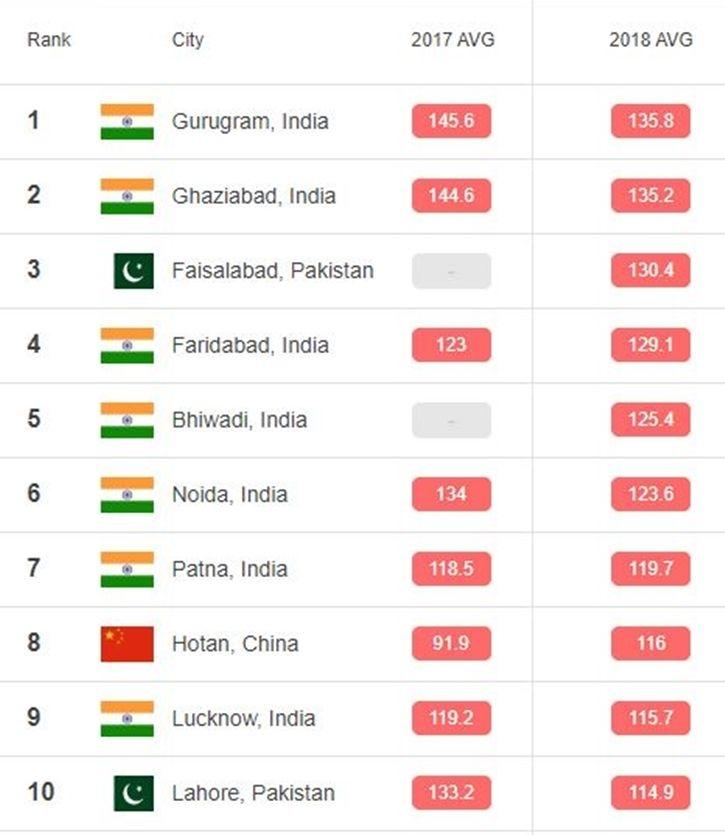7667766266
enquiry@shankarias.in
Why in news?
‘IQAir AirVisual 2018 World Air Quality Report’ was recently published by NGO Greenpeace and IQ Air Visual.
What are the highlights?

What do other insights show?
What are the shortfalls?
What should be done?
Source: Financial Express, The Hindu